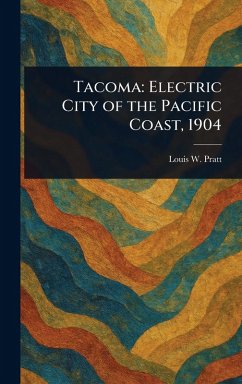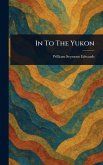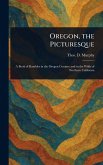Step back in time to experience Tacoma, Washington, as it thrived in 1904. "Tacoma: Electric City of the Pacific Coast, 1904" by Louis W. Pratt offers a captivating snapshot of this burgeoning Pacific Northwest hub at the dawn of the 20th century. More than a simple travel guide, this historical account paints a vivid picture of Tacoma's geography, infrastructure, and aspirations. Explore the city's electric streetcar lines and bustling port, vital arteries of commerce and connection. Pratt's detailed descriptions and observations transport you to a pivotal moment in Tacoma's history, showcasing its ambition and potential as a key player on the Pacific Coast. Whether you are a history enthusiast, a travel buff, or simply curious about the early 20th-century American West, this book provides invaluable insights into a city on the rise. Discover the roots of Tacoma's identity and appreciate its enduring legacy through this meticulously prepared republication. This work has been selected by scholars as being culturally important, and is part of the knowledge base of civilization as we know it. This work is in the public domain in the United States of America, and possibly other nations. Within the United States, you may freely copy and distribute this work, as no entity (individual or corporate) has a copyright on the body of the work. Scholars believe, and we concur, that this work is important enough to be preserved, reproduced, and made generally available to the public. We appreciate your support of the preservation process, and thank you for being an important part of keeping this knowledge alive and relevant.
Bitte wählen Sie Ihr Anliegen aus.
Rechnungen
Retourenschein anfordern
Bestellstatus
Storno









